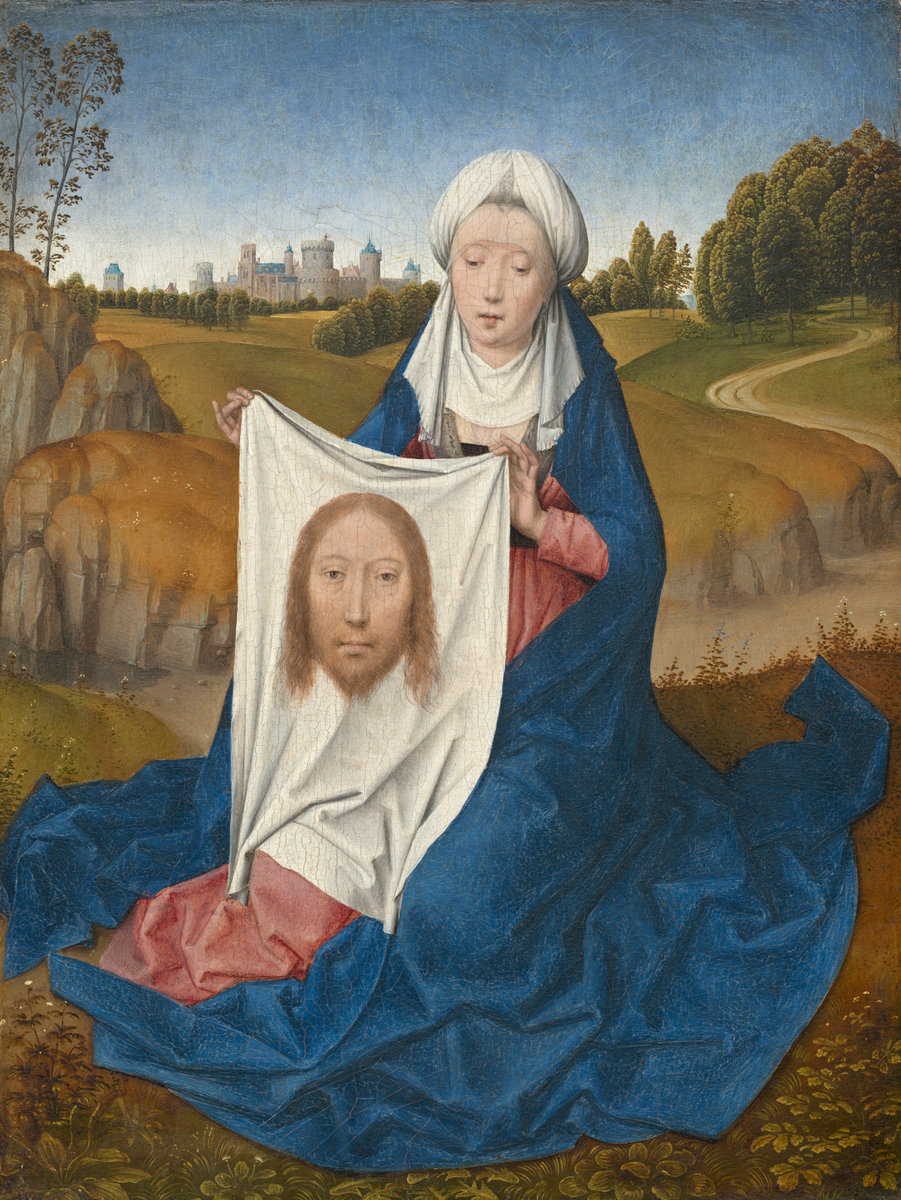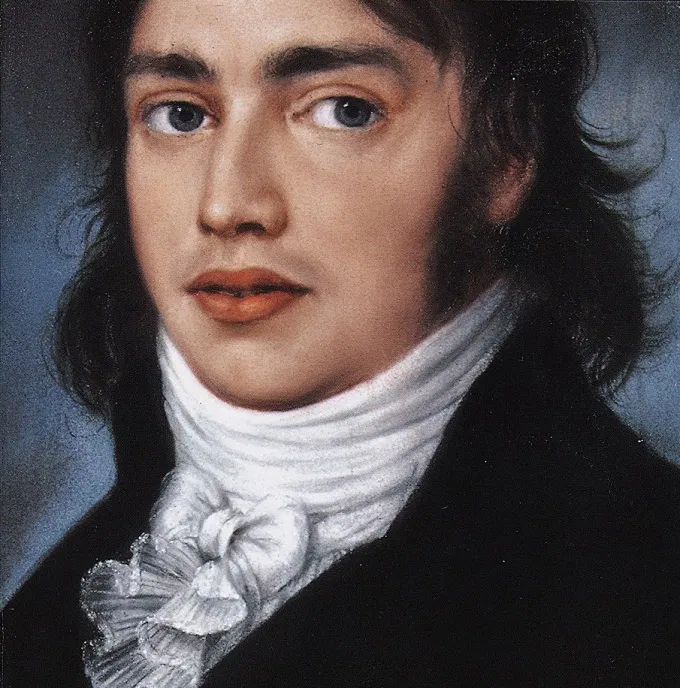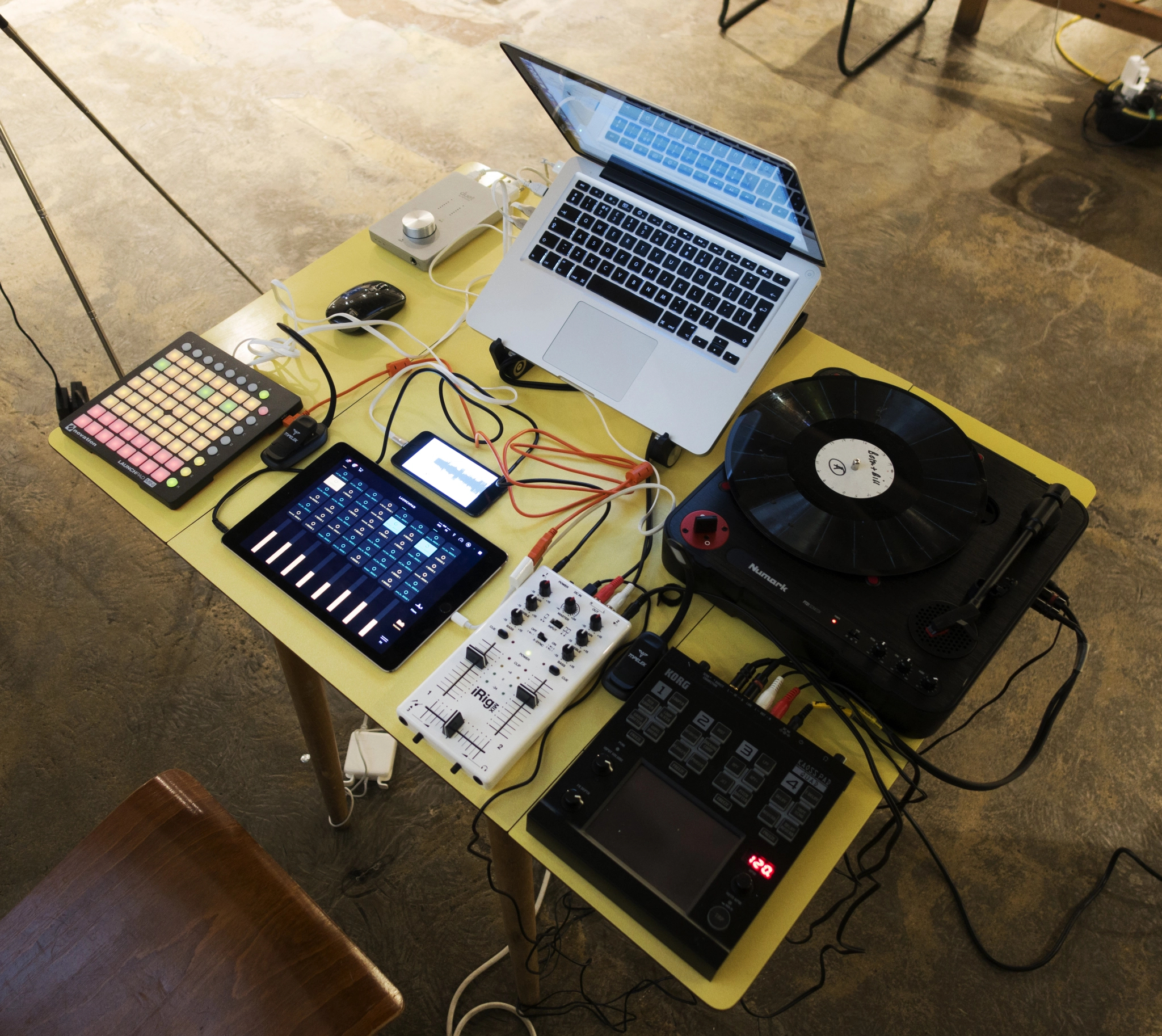Nina Danino,
Stabat Mater (1990), 16mm
Catholic Iconographies
and Experimental Film
Stabat Mater (1990), 16mm
Catholic Iconographies
and Experimental Film

“In 1990 I added a saeta—a Spanish prayer of lament sung by my mother to a short film which is fast edited and densely packed with literary and poetic writings from Joyce, Cixous, filming in Gibraltar and personal references. I will talk about this film Stabat Mater in the context of experimental film and the London Filmmakers’ Co-op where it was first shown. The film initiated a religious ‘semiotics’ in experimental film which proliferates from a matrix of intertextual connections, many of these associations appear and disappear quickly and cannot be grasped or held on to. Since then, a part of my practice has drawn on Catholic sources.”
—N.D.
Chloë Reddaway,
Jacopo’s Bassano’s Veronica:
Revelations and Reflections of an Artist-witness
Starting from an interest in the ‘recovery’ of historical images for contemporary theology and faith, this paper considers the potential of fabric as a revelatory medium in Christian art and explores the role of St Veronica and her veil in revealing Christ. It focuses on Jacopo Bassano’s painting of Christ on the Way to Calvary (c.1544-5, National Gallery, London), looking in detail at the presentation of the saint and the ‘blank canvas’ of her veil and noting ways in which Veronica herself reflects Christ in this painting, participating in an act of artistic-witness and allowing herself to be transformed by it.

Adam Neikirk,
How does Coleridgean theology
inform the poetry of his life?
![]()
How does Coleridgean theology
inform the poetry of his life?

My dissertation is a creative work which purports to tell (or retell) the life of the poet and religious thinker Samuel Taylor Coleridge (1772-1834) through poetry. The main thesis which informs my work is that we can say things about human life and human values (including religious values) through poetry that are not possible to articulate through traditional prose biographies. One of the things that Coleridge himself theorised about poetry was that its aim was to show “the translucence of the general in the especial” (this was also his theory of the symbol). One of the challenges for me in writing this work is to ask what weight his Trinitarian and dynamic sense of the universe ought to be given, say, in explanations of the events of his childhood, or in young adulthood.

Sophie Sleigh-Johnson,
Time Cure
Time Cure
A scream opens the mouth of prophecy: the Fifth Monarchist Anna Trapnell’s throat is a chimney through which the weird current flows. How might this prophecy be a different kind of time travel, to counteract a contemporary ontology of prediction? Time Cure, as an archaeology of invocation, a lost radio transmission, a Gnostic performance lecture, enlists the words of Jacobean prophetess Anna Trapnell and her 1654 trance-text and proclamation The Cry of a Stone, which uses ‘entrails of scripture’ as squidgy heat amid the pewter armour of her fortune flesh. These are voices from the earth that also rises from prophetic cuneiform clay tablets as a collision of offal, inscription and a hole in time. Blurred photocopies, burnings, mud, garbed voices are all a necessary, smoky thickness.
Elena Unger,
From the Space of Nothing: Poesis as Participation in the Tzimtzum and Christ’s Kenosis
From the Space of Nothing: Poesis as Participation in the Tzimtzum and Christ’s Kenosis
The question of how the infinite may be revealed or “unfolded” in a contracted, finite space, while still remaining intact in its infinity has usually been understood as a metaphysical question about creation itself. As I will aim to show, it can also be understood as a question about the metaphysical potential of art. These two seemingly separate concerns become intimately connected when viewed through the lens of participatory metaphysics. I will argue That that analogical spaces—specifically artworks—can be spaces wherein the infinite is ‘unfolded’ in the finite realm through the participation of the artwork, as a “spatialized” form, in the original “space” of God’s contraction in creation. Further, I will explore through both Christian and Jewish apophatic sources, how human poesis may be shown to be a form of participation in God’s poiesis through the kenotic, internal movement of the artist as they produce an iconic object through poetic or artistic revelation.
The presentation addresses Edmund Jones’ (1702–93) collection of spirit narratives, published as A Relation of Apparitions of Spirits in the Principality of Wales (1780) and an earlier, now lost volume on the same subject. His books represent the first- and second-hand testimonies of many witnesses to supernatural encounters in seventeenth- and eighteenth-century Wales. The accounts evoke a spiritually dark landscape in which the malevolent dead and damned wandered. They present a fascinating insight into how the eighteenth-century not only visualised but also auditioned the spirit world. It is with this latter aspect of Jones’ narrative that I will be chiefly concerned. The paper outlines the peculiarities of the spirits’ sonorous manifestations, the auditors’ response to such, and the relationship of the sounds to the landscape in which they were heard. Many of the auditory attributes of spirit noises were adapted from the natural world and everyday experience. The supernatural signification of such was summoned by the fearful context of the phenomena, the often strange and frightening visual accompaniment, and the unnerving modulations, exaggerations, and deformations of the auditory source. The performance element seeks to make the witnesses’ experience sensible, by presencing the sounds and— following Jones’ own determination—provide a ‘vivid account’ of apparitions. The objective is neither to reconstruct nor create a simulacrum of the original sounds but rather to imaginatively summon the sense of the dread and otherness experienced by the witnesses, abstractly.
John Harvey,
Noisome Spirits:
An Audition of Apparitions
![]()
Noisome Spirits:
An Audition of Apparitions

Jorella Andrews,
Circling Squares: Phenomenology,
Change-making,
& the Idea of the Creation
as Theophany
![]()
Circling Squares: Phenomenology,
Change-making,
& the Idea of the Creation
as Theophany

“… what may be known about God is plain to them… For since the creation of the world God’s invisible qualities—his eternal power and divine nature—have been clearly seen, being understood from what has been made, so that people are without excuse.”
(Romans, 1: 19)
The theological idea underlying this presentation is an understanding of the creation as theophany (a manifestation of God mediated by sensible matter). Crucially, as insisted upon in the biblical book of Romans, this remains the case in even the most deprived, degraded and hopeless of situations in which the Godly or sacred are notable by their apparent absence. I argue that if change for the better is to occur within such sites of trouble, a revolution must first occur at the level of perception and thought. This is where phenomenology comes in. As a perceptually-grounded philosophical practice, phenomenology transforms vision and thought by requiring our engagement in decolonising processes of epoché (the ‘bracketing’ of biases and assumptions and the suspension of judgement) which can make us receptive to the self-showing of specifically situated life-giving realities (indeed, theophanies) previously unavailable to us. With care, these may become the fragile-yet-robust foundations for radically hopeful futures. My presentation will draw on theoretical ideas and on early-stage empirical research about the potential social impact of a series of small-scale labyrinth-building projects in sites of urban neglect.
The secularisation of art occurred at the time art appeared as a distinct autonomous thing. God was exiled to the margins of private life at that moment when the figure of the artist made a room of its own out of a collective anonymity and art acquired its status as a defined work of art. Starting from this modern conception of art, the question here is whether an artwork linked to its artist can be sacred at all – sacred understood as a making space for a “tête-à-tête” of God with its creation. Through a reading of Simone Weil’s spiritual notions of de-creation, attention and the impersonal, this presentation will seek to put art at risk, as it considers whether for art to be a spiritual potentiality, it must always and only be a “waiting”, a tireless waiting without end from the “dark night” and into silence.
Teresa Calonje,
The impersonal and the sacred: Simone Weil, De-creation and Art
![]()
The impersonal and the sacred: Simone Weil, De-creation and Art

“Since the sky opened up to me I understood Love is the only purpose. I researched and interviewed diversified people then I wrote a song called L’oseille de l’amour (Sorrel of Love) to express this overwhelming feeling with fun and simplicity.” Known for its medicinal and edible virtues, the sorrel is a sour plant also used in the French slang to suggest money. It is with urgency that Mrs.Blues translated this idea of “abundant money” to the abundance of love and so invite the audience to participate in a moment just full of love!”
Maurane Gadeau (Mrs. Blues),
a live performance of a song
called L’oseille de l’amour (2019)
5 mins
a live performance of a song
called L’oseille de l’amour (2019)
5 mins
Kate Pickering,
There Is a Miracle in Your Mouth
![]()
There Is a Miracle in Your Mouth

I will present a brief overview of my current research and experimental writing, in which I examine the embodied experience of the congregant within the spectacular site of the Evangelical megachurch (defined as 2,000+ congregants in weekly attendance). Evangelicalism is a world-wide, rapidly spreading movement with megachurch congregation size reaching to the tens and hundreds of thousands globally. My writing practice draws on the specific site of North America’s largest megachurch, Lakewood in Houston, Texas, which has a weekly attendance of up to 52,000 congregants. I combine several threads: the mythic history of Lakewood and the Osteen family within the context of Houstonian/ Texan history; an account of a tropical cyclone bearing down on the site, based on research into Hurricane Harvey; and lastly the megachurch site as a building-body that gradually develops self-awareness. The site eventually floods and is submerged, the water bringing with it a transformation of the site and a reorientation toward ‘gaia’.
Lucy Newman Cleeve,
‘Visual Theology and Curation’
‘Visual Theology and Curation’
My presentation explores various modalities of ‘visual theology’ in an attempt to draw out a critical framework for reflecting on these practices. I also discuss changing attitudes to religion within the art world (specifically art academia) with reference to my own experiences of making and curating work at this intersection.
Mark Dean spoke about his work with reference to questions of appropriation and Christianity, isolation and collaboration.
Mark Dean,
Pastiche Icons
Pastiche Icons
Linda Mary Montano,
Linda Mary Montano
Celebrates Mother Teresa’s Birthday (2010)
15 mins
“The Mother Teresa doppelganger performance was born as a result of my chronic illness called Cervical Dystonia. It makes me tremor, scrunch up, spasm and twist with pain. One day I was doing all of that and my inner voice said, “I feel just like Mother Teresa!!!” So of course, having designed the MY ART IS MY LIFE manifesto back in 1969, I became her, as art, every chance I had. For her 100th birthday I performed as her in protest at the Empire State Building because they would not turn on the lights to blue and white to honor Mother Teresa but they did turn the lights on for Sponge Bob. Yellow of course. During the performance, Catholic and non-Catholic visitors/protesters came to me for “blessings” and the ecstasy of incorporating her holiness into ME and sharing that faux-holiness with the Catholics at the ESB was both overwhelming and radically questioning of the theological politics of the church which does not allow for women priests let alone performance art recreations of Saints! I am left wanting to be her in secret, everyday, in the performance of everyday non-art.”
— L.M.
Linda Mary Montano
Celebrates Mother Teresa’s Birthday (2010)
15 mins
“The Mother Teresa doppelganger performance was born as a result of my chronic illness called Cervical Dystonia. It makes me tremor, scrunch up, spasm and twist with pain. One day I was doing all of that and my inner voice said, “I feel just like Mother Teresa!!!” So of course, having designed the MY ART IS MY LIFE manifesto back in 1969, I became her, as art, every chance I had. For her 100th birthday I performed as her in protest at the Empire State Building because they would not turn on the lights to blue and white to honor Mother Teresa but they did turn the lights on for Sponge Bob. Yellow of course. During the performance, Catholic and non-Catholic visitors/protesters came to me for “blessings” and the ecstasy of incorporating her holiness into ME and sharing that faux-holiness with the Catholics at the ESB was both overwhelming and radically questioning of the theological politics of the church which does not allow for women priests let alone performance art recreations of Saints! I am left wanting to be her in secret, everyday, in the performance of everyday non-art.”
— L.M.
Image Credits
(Top to Bottom)
Nina Danino, Stabat Mater (1990) 16mm film still / Linda Mary Montano (©), EFA Project Space / Nina Danino, Stabat Mater (1990) 16mm film still / Hans Memling, Saint Veronica (Right Wing), c.1470-75, Courtesy National Gallery of Art, Washington / S. T. Coleridge—detail of an oil painting byWashington Allston, 1814; National Portrait Gallery, London (Wikipedia) / Sophie Sleigh-Johnson, Time Cure: The Cry of Well, performance still / Linda Mary Montano, still from artist video ‘Learning to Talk’ (1976-1978), Bomb Magazine / John Harvey, There was Such a Noise as if All About was Going to Pieces, (2020) 3 mins, sound performance documentation / Jorella Andrews, Circling squares: Phenomenology, change-making, and the idea of the creation as theophany (2020), composite image / Giotto di Bondone, The Lamentation of Christ (Detail)c1290s, San Francesco, Assisi / Mark Dean, Pastiche Icon (2019), infinite loop, three-channel video, still / Linda Mary Montano, Linda Montano Celebrates Mother Teresa’s Birthday (2010) 15 mins, video still.